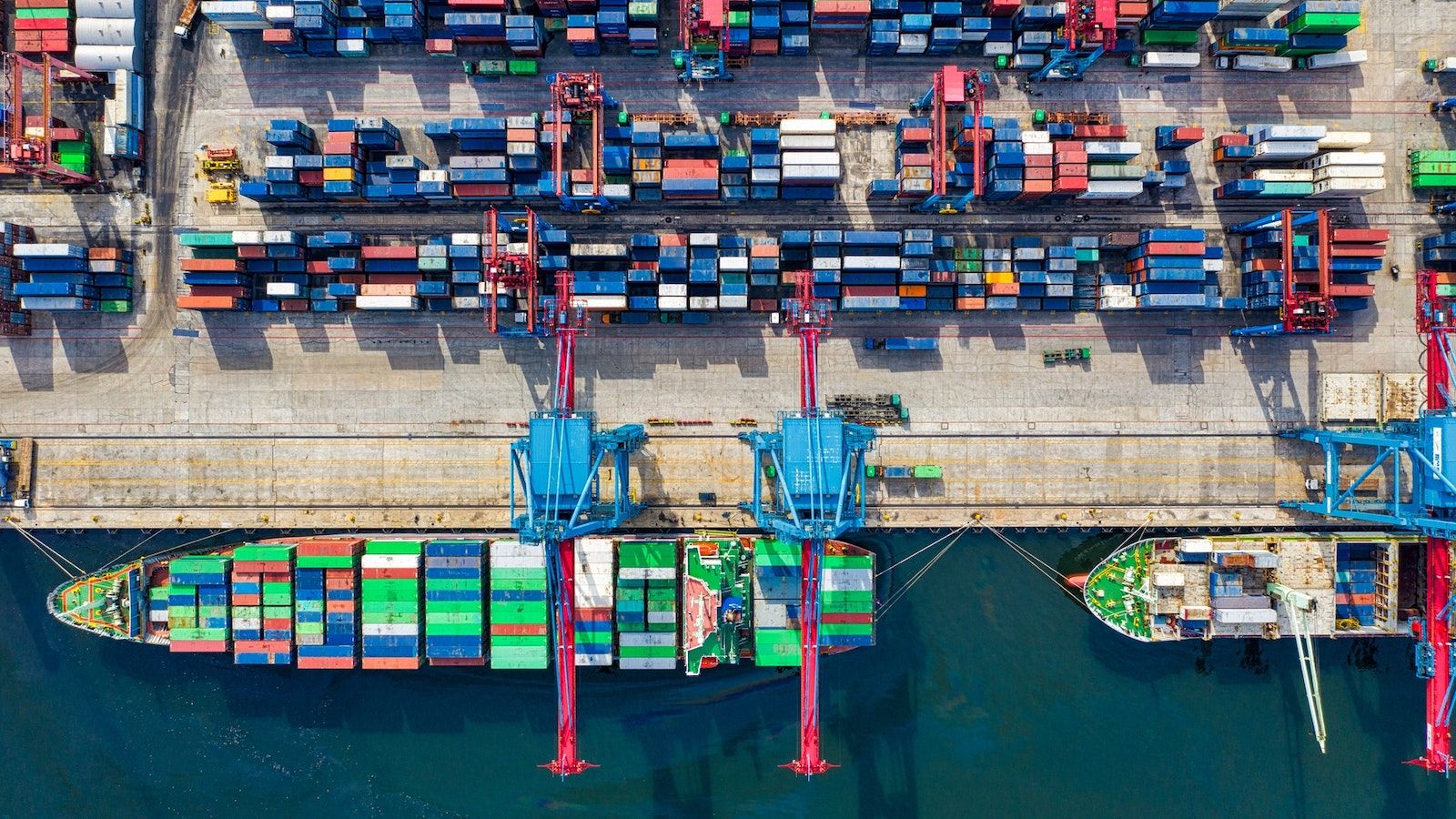How to dockerize your Node.js Express application for AWS Fargate?
My first project with Node.js - an asynchronous event-driven JavaScript runtime, designed to build scalable network applications - was building an online trading platform in 2013. Since then, Node.js is one of my favorite technologies. I will show you how to dockerize your Node.js application based on Express - a fast, unopinionated, minimalist web framework - and run it on AWS Fargate in this blog bost. I like AWS Fargate because running containers in the cloud were never easier.
Read on to learn how to build a Docker image for a Node.js application.

Building the Docker image
The Dockerfile is based on the official Node.js Docker Image: node:10.16.2-stretch. Static files (folders img and css) are served by Express as well as the dynamic parts. The following details are required to understand the Dockerfile:
envsubstis used to generate the config file from environment variablesnpm ci --only=productioninstalls the dependencies declared inpackage.json(package-lock.json, to be more precise)- The Express application listens on port 8080
- The Express application’s entry point is
server.jsand can be started withnode server.js
A simple server.js file follows. Yours likely is more complicated.
const express = require('express'); |
Customization Most likely, your folder structure is different. Therefore, adapt the Copy config files and Copy Node.js files section in the following Dockerfile to your needs.
FROM node:10.16.2-stretch |
The custom entrypoint is used to generate the config file from environment variables with envsubst.
|
Next, you will learn how to test your containers and application locally.
Testing locally
Use Docker Compose to run your application locally. The following docker-compose.yml file configures Docker Compose and starts two containers: Node.js and a MySQL database.
version: '3' |
The following command starts the application:
docker-compose -f docker/docker-compose.yml up --build |
Magically, Docker Compose will spin up two containers: Node.js and MySQL. Point your browser to http://localhost:8080 to check that your web application is up and running. The log files of all containers will show up in your terminal, which simplifies debugging a lot.
After you have verified that your application is working correctly, cancel the running docker-compose process by pressing CTRL + C, and tear down the containers:
docker-compose -f docker/docker-compose.yml down |
Deploying on AWS
You are now ready to deploy your application on AWS.
(1) Build Docker image:
docker build -t nodejs-express:latest -f docker/Dockerfile . |
(2) Create ECR repository:
aws ecr create-repository --repository-name nodejs-express \ |
(3) Login to Docker registry (ECR):
$(aws ecr get-login --no-include-email) |
(4) Tag Docker image:
docker tag nodejs-express:latest \ |
(5) Push Docker image:
docker push \ |
There is only one step missing: you need to spin up the cloud infrastructure.
- Use our Free Templates for AWS CloudFormation.
- Use our cfn-modules.
